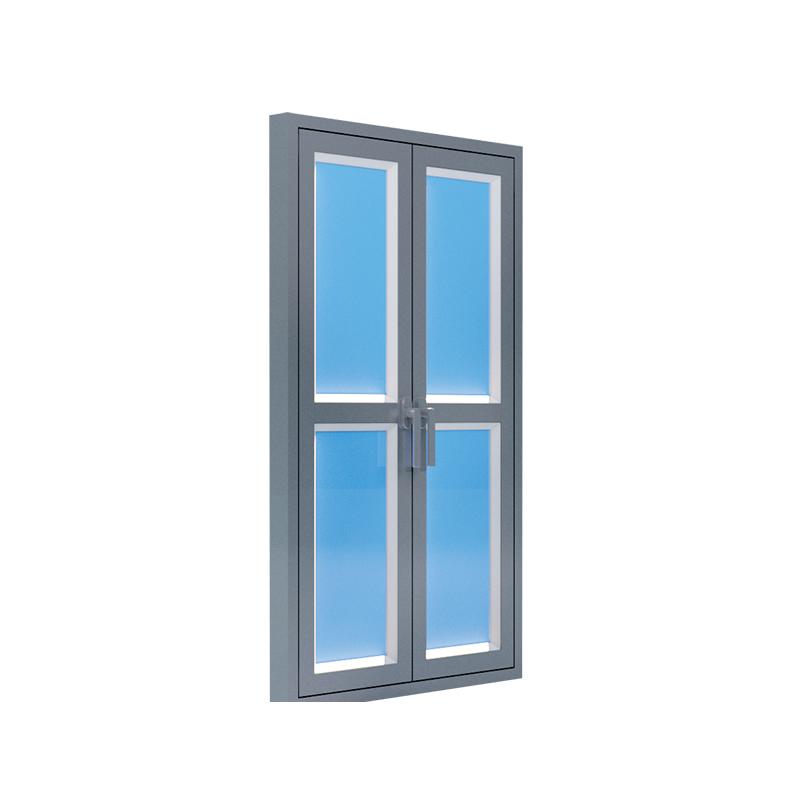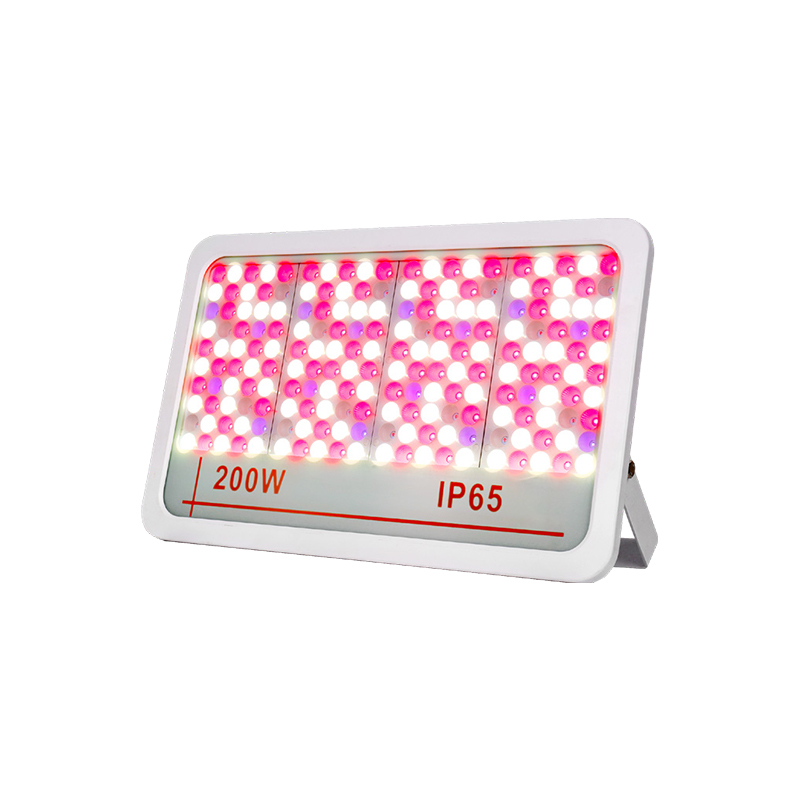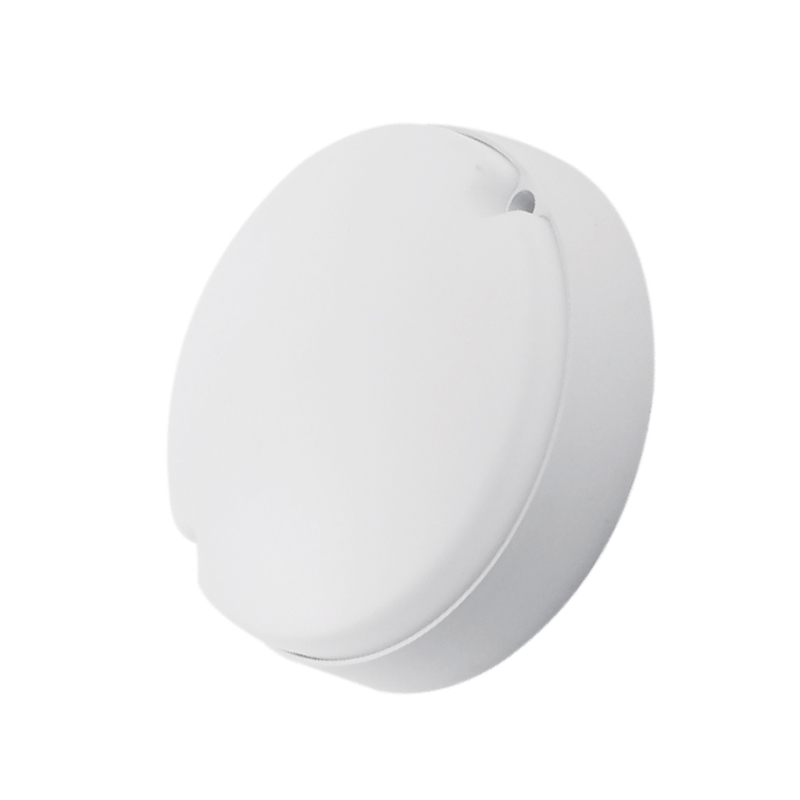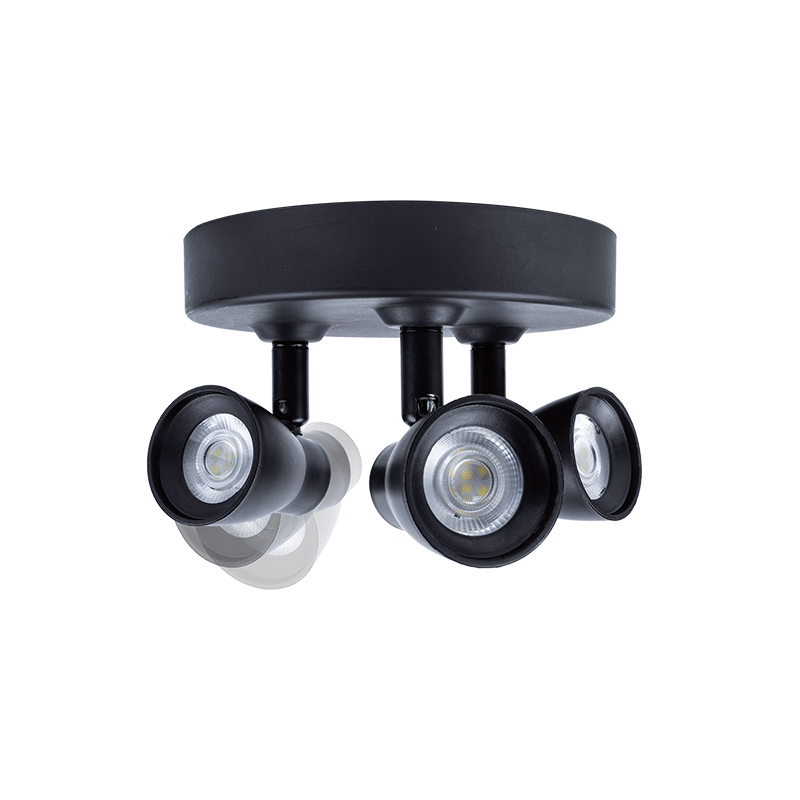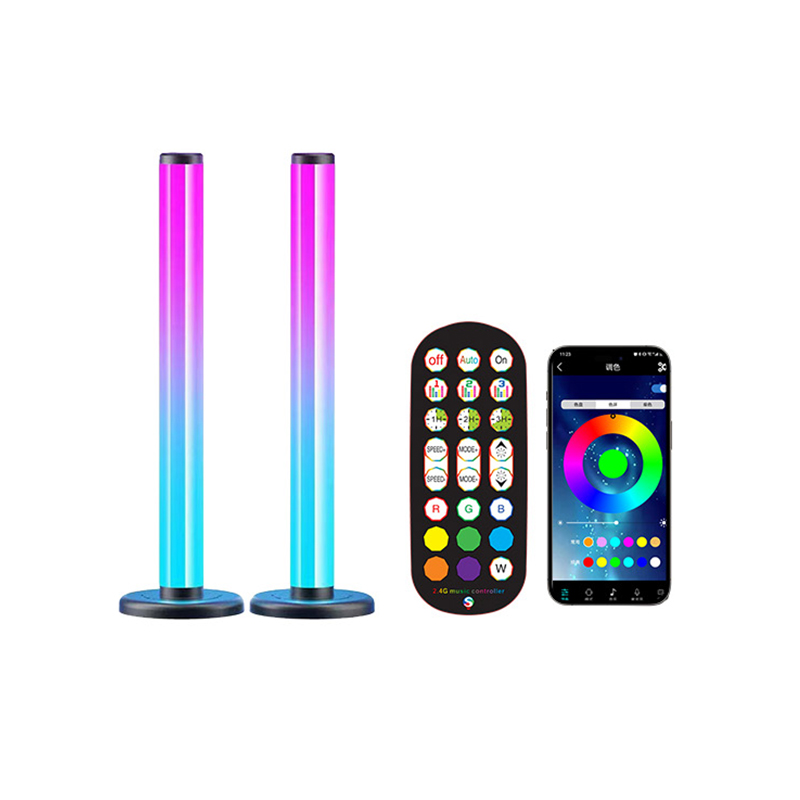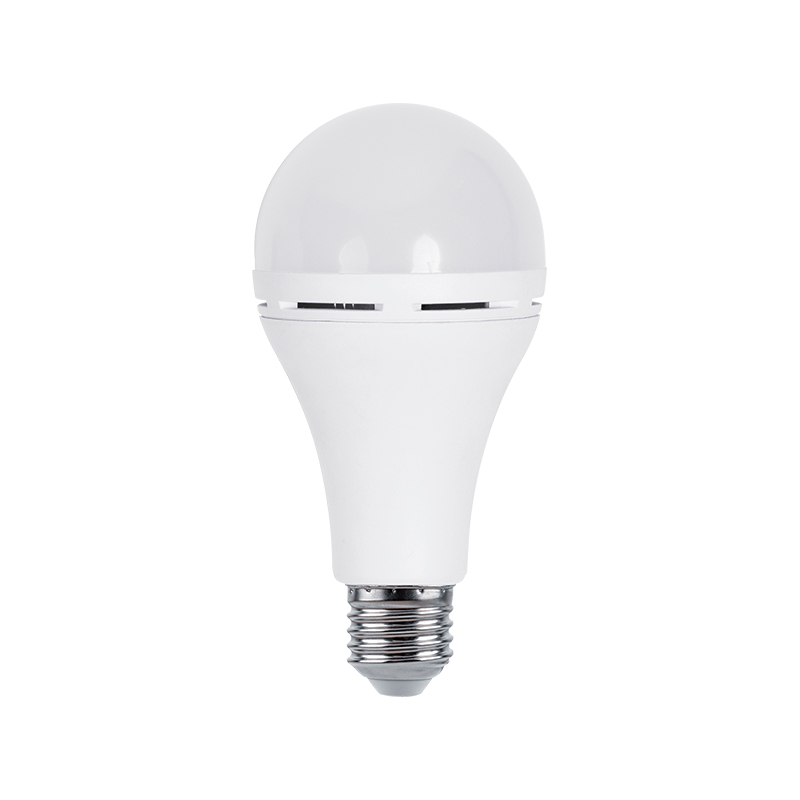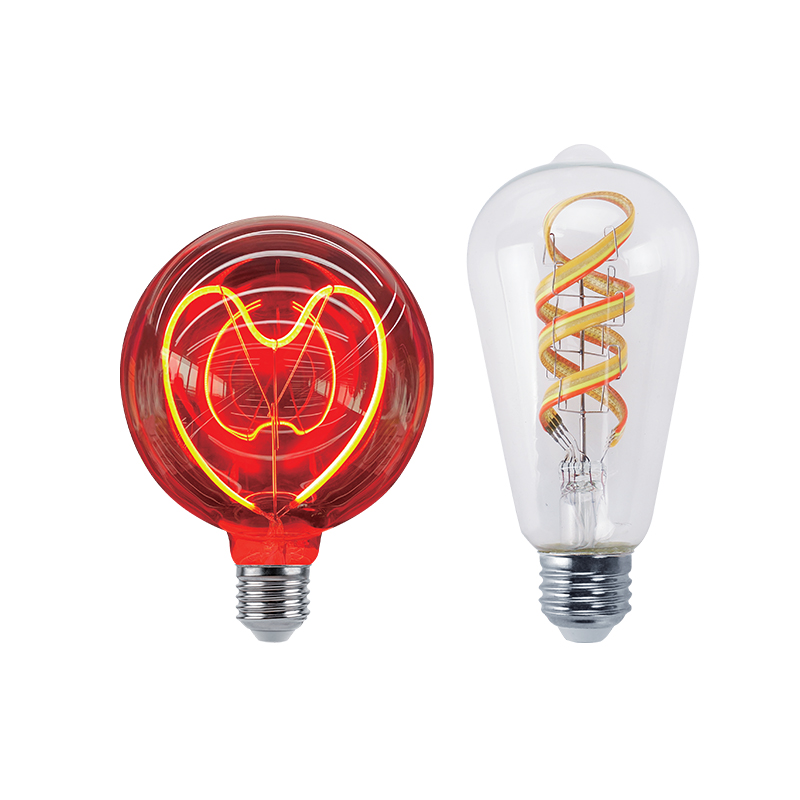We sincerely look forward to establishing a long-term development partnership with you with good quality and professional services.
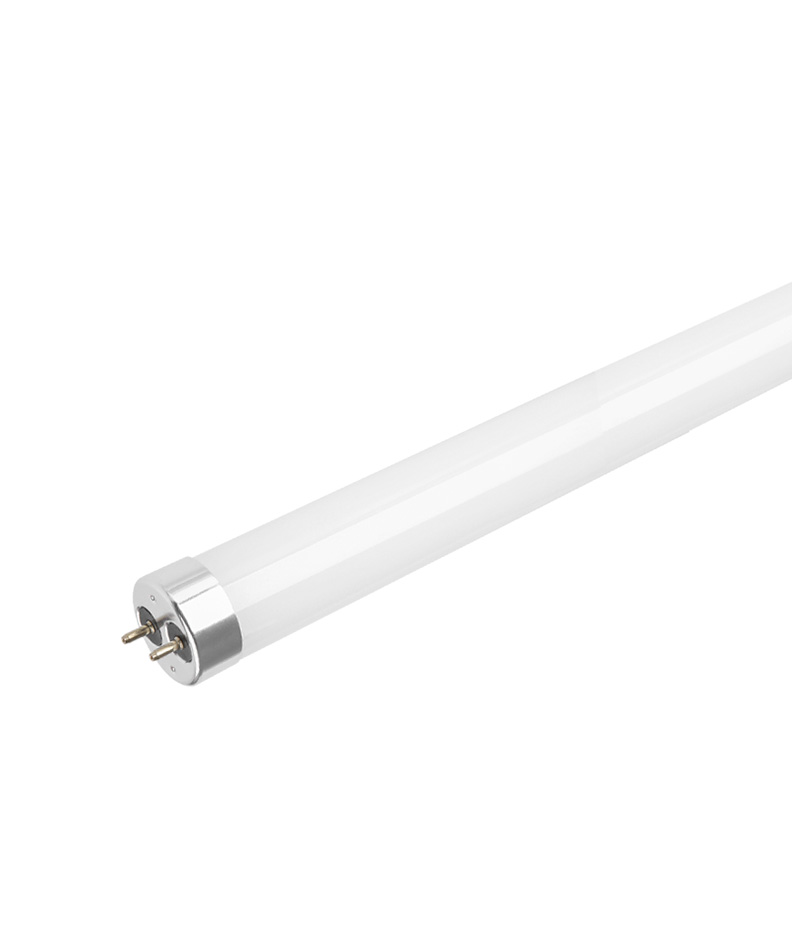
First of all, when using energy-saving lamps, pay attention to the voltage marked on the lamp. If the low-voltage sodium lamp is used under a high-voltage power supply, the lamp will burn out. At the same time, we must also pay attention to choosing quality-qualified brands with clear and clear national approval number, factory address, telephone number, etc., be wary of and refuse to use inferior products, and try not to choose brands that do not have a factory site or whose factory site is vague. Secondly, pay attention to the selection and correct use of lamp power. Generally speaking, the luminous efficiency of energy-saving lamps is 5 times higher than that of incandescent lamps. For example, in a room where 60-watt incandescent lamps are used, energy-saving lamps only need 13 watts. You can choose energy-saving lamps with different powers according to the brightness you need. Again, try to minimize the number of times the lights are switched on and off.
It is understood that every time the energy-saving lamp is switched on, the lamp life will be reduced by about 3 hours. If you do not want to change the lamp frequently, it is best to reduce the number of times of switching. Finally, pay attention to timely replacement of new lights. After the lamp is used for a period of time, the luminous flux will drop significantly and the lamp will become darker and darker. At this time, new lamps must be replaced in time to maintain the best light effect in the room.

 English
English Español
Español Deutsch
Deutsch